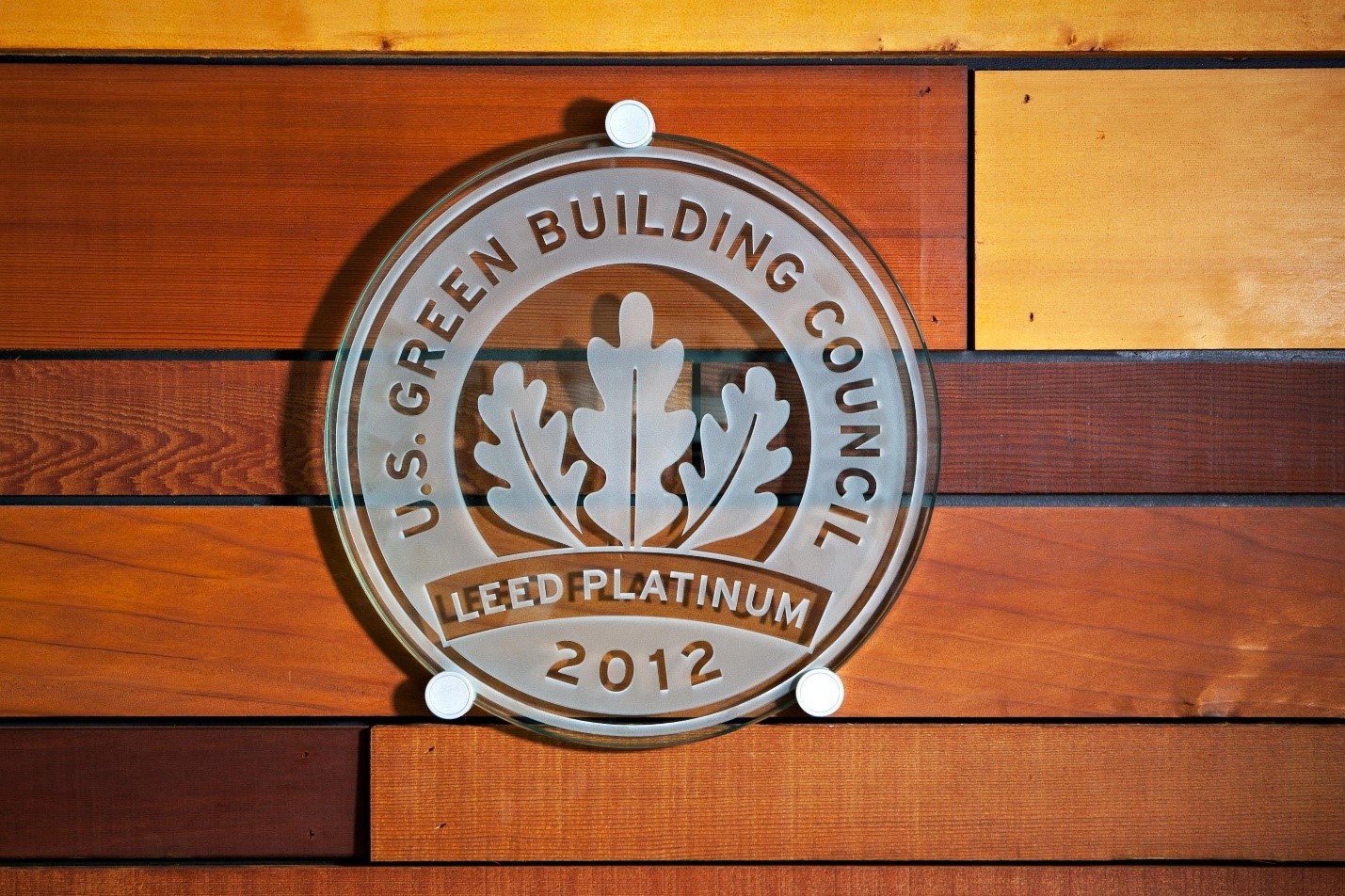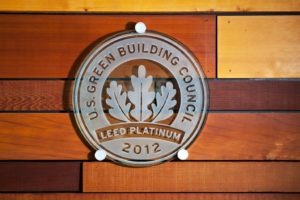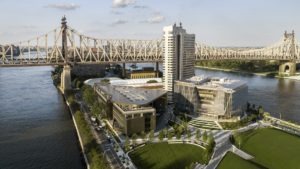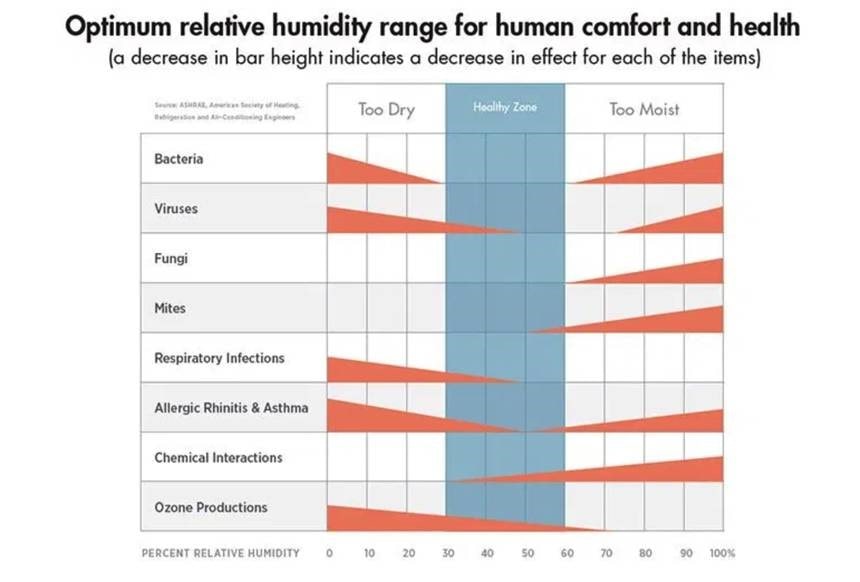

Blog
In the post-COVID world, there needs to be a greater awareness that the built environment can protect and promote human and environmental health

In the post-COVID world, there needs to be a greater awareness that the built environment can protect and promote human and environmental health. Buildings can, and must, play a critical role in delivering a stronger, more resilient public health infrastructure that can help prevent and mitigate crises such as the SARS-CoV-2 pandemic. The good news is that we already have effective tools for designing, constructing, and operating such buildings—chief among them LEED and the WELL Building Standard.
We believe people are now more conscious of how the built environment affects their health. As a result, we’re likely to see an increase in investment in sustainable building design, construction, and operation and a corresponding increase in demand for green building rating systems such as LEED and WELL. We may also see the green and healthy building concepts that are included in these systems increasingly integrated into building codes.

Certification programs (e.g., LEED and WELL) have been developed though collective effort. They are extremely effective and adaptable tools that project teams can use to ensure that their buildings achieve the best possible performance in terms of protecting environmental and human health. Importantly, these programs continue to evolve, offering ever more effective strategies for improving the built environment, ensuring that buildings adapt to whatever circumstances may arise in uncertain times. But right now, project teams can make immediate use of LEED and WELL, and similar tools, to start preparing for the new reality ushered in by the COVID-19 pandemic.
How can project teams leverage LEED now? In this series, we’ve highlighted the LEED credits that can be used to guide efforts to make our buildings safe, healthy, and resilient. (In a follow-up series we’ll discuss the WELL features that can be used to guide our post-COVID building work.)
The strategies within the IEQ category are the most important to prioritize post-COVID as they can be used to protect and improve the indoor air quality of a building and help to control respiratory illnesses in building interiors. Buildings are on the frontline in the effort to protect our communities from future outbreaks of infectious disease. As Dr. Joseph Allen has explained, our buildings can either facilitate disease spread, or help to prevent it through such key strategies as increased ventilation, enhanced filtration, and optimized humidity control. (It should be noted, as will be discussed below, that the use of these strategies should be adapted in response to the context of each project, rather than applied as a one-size-fits-all solution.)
In addition to the credits in this category that relate to indoor air quality, those related to light, thermal conditions, acoustics, and occupant control are also important in promoting the general health and wellbeing (both physical and mental) of occupants who spend an average of 90% of their time living, working, and learning in indoor environments. Now more than ever, people understand how important the quality of their environment is to their personal health and the health of their families, friends, neighbors, and colleagues. It’s likely that there will be an increase in demand for building features that support the overall health, comfort, cognition, and productivity of occupants.
LEED requires project teams to design for a minimum level of IAQ, per ASHRAE Standard 62.1, which is met and maintained with the use of monitoring devices to ensure interior spaces are receiving adequate outdoor air. The ventilation system must provide a good balance between fresh air supply and energy use. This requires close coordination between the MEP and energy modeling team.
LEED also requires buildings to protect occupants from the hazards of tobacco smoke. This becomes increasingly important in the post-COVID world as we know that exposure to cigarette smoke increases a person’s vulnerability to respiratory viruses.
University of California San Francisco: Reduce your risk of serious lung disease caused by corona virus by quitting smoking and vaping
Project teams should make full use of the ventilation and filtration strategies included in the IEQ credit. Combined with measures for exterior pollutant source control, prevention of cross-contamination between interior spaces, and monitoring, the fundamental strategies of ventilation and filtration will improve the indoor air quality of a building and help to protect occupants from exposure to contagions. Not only does indoor air pollution affect the general health, comfort, and productivity of occupants, it also increases their vulnerability to diseases such as COVID-19.
In addition to the MERV filtration levels that this credit requires (MERV-13 or higher or Class F7 or higher), project teams should investigate the feasibility and impact of equipping their building ventilation systems with a combination of High Efficiency Particulate Air (HEPA) filters and Ultraviolet Germicidal Irradiation (UVGI), which can neutralize the DNA and RNA of viruses and bacteria.
In addition to the CO2 monitoring that this credit requires, project teams should consider installing additional sensors to track the air quality in the building. Teams should be aware, however, that monitoring for biological contaminants is only effective at detecting contaminants that are known. Monitoring cannot detect new, unfamiliar contaminants such as the novel coronavirus. However, monitoring should still be specified to ensure that as many contaminants as possible are detected and removed. This will provide the safest possible indoor environment.

Finally, as discussed, a common recommendation for preventing viral spread within buildings is to dilute indoor air with increased rates of ventilation supplying outdoor air. The research around this recommendation is ongoing and is therefore likely to be further refined as more is understood about how airborne viruses circulate within building interiors and how and what specific environmental factors affect them.
Ultimately, it may be that a careful balance needs to be struck between the amount and rate of outdoor air brought in and the types and locations of filtration. For example, ventilation and filtration might be tailored for different spaces within a building based on varying occupancy patterns or exposure factors. Some areas designated as high-risk for viral spread would be designed differently than low-risk areas. Additionally, a distinction might be made between short-term strategies and long-term strategies. For example, ventilation might be significantly increased only at times of heightened risk for viral spread, or during “post-pandemic” phases of re-occupying buildings.
There are many factors that need to be accounted for when adjusting ventilation for health, safety, and comfort. For example, when increasing ventilation rates, too high a level of air flow can potentially stir up particles that have settled, putting them back into the air where they can circulate and more easily cause infection. And the humidity conditions in a space, which affect the size of viral particles, will also impact their mobility, their longevity, and their infectiousness.
Increasing ventilation rates may also negatively impact energy efficiency by oversizing of heating and cooling systems to accommodate the higher rates of air flow. This points to one advantage of modular HVAC systems that can be easily be adapted to operate efficiently under different conditions requiring different ventilation rates.
The design of ventilation and filtration systems to increase indoor air quality and mitigate viral infection must be done carefully and in a balanced way that’s responsive to the features of the individual building—its location, program, construction type and materials, etc. Enlisting the expertise of building science professionals can help project teams ensure that these strategies are deployed effectively and without causing other issues.
Additional Resources:
ScienceDaily: COVID-19 and the Built Environment
University of Colorado: Indoor air quality expert tackles questions on COVID-19
As with strategies to minimize the use of products containing hazardous materials, minimizing indoor emissions of VOCs and formaldehyde is important to ensure the safest indoor environment and protect occupants from increased vulnerability to diseases. Project teams should target all categories of products included in this credit for reduction of indoor emissions.
By using the strategies included in this credit, project teams can prevent contamination of the HVAC system during construction and ensure that the building is opened to occupants with the best possible indoor air quality.
As with the previous credit, project teams should prioritize the strategies included in this credit to make sure that a high level of indoor air quality is achieved and maintained. By both conducting a flush-out prior to occupancy and conducting air testing after construction, project teams verify that there are no contaminants that could endanger occupants once they move in. Ideally, project teams should assist the owner and building manager to develop a plan for regular air testing throughout the building’s operational lifetime to protect the indoor air quality and occupants’ health.
Project teams should prioritize Option 1 of this credit, which requires compliance with ASHRAE Standard 55 to maintain proper air movement, temperature, and humidity levels in the building. Controlling humidity in interior spaces is one of the primary strategies to prevent the spread of diseases (e.g., coronavirus) within buildings. Specifically, when humidity levels are too low, viruses and other harmful particles stay airborne for longer periods of time. But when humidity levels are too high, harmful bacteria thrive. That’s why the EPA and ASHRAE recommend maintaining a relative humidity level between 30% and 60%. But as it’s known that many viruses, including other coronaviruses, become less infectious at relative humidity levels around 50%, a tighter range of 40-60% might be considered.
However, it’s important to note that, in certain circumstances, even moderately elevated humidity levels—50% and higher—can result in condensation, mold growth and related problems that are harmful to occupants and damaging to building materials. Therefore, it’s recommended that project teams consult with building science professionals to ensure that the humidity conditions in their buildings can be controlled to achieve the benefit of mitigated viral spread without causing any of these other issues. It’s critical to take a holistic approach when designing the HVAC system to ensure that the correct balance between ventilation, air movement, and humidity is achieved based on the specific context and details of the building.

Additional Resources:
Consulting Specifying Engineer: Ask an expert on Coronavirus: Sunondo Roy shares engineering guidance
Contributor: James Wilson, Sustainability Consultant
Steven Winter Associates